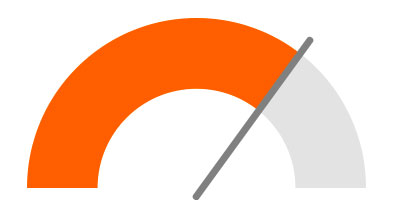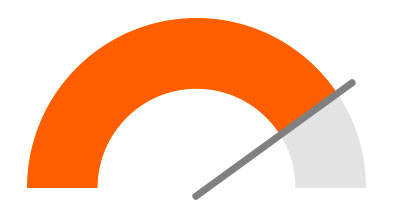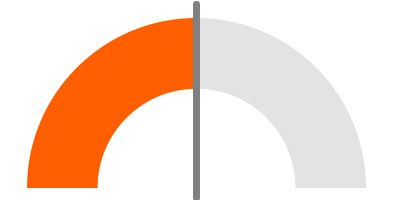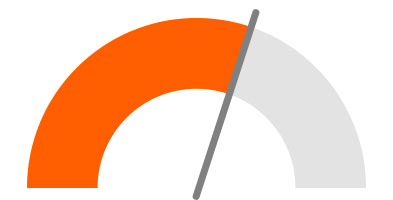Stockpiling was a key factor for first quarter UK growth, but some better news on consumer activity suggests underlying economic momentum could stay a little stronger as we head into the summer. As ever, the odds of a Bank of England rate hike this year hinge on Brexit
After a bumpy first quarter in UK politics, it follows that the first quarter growth figures should be equally noisy. While the 0.5% first quarter growth figure was in line with both our own and market expectations, it masks some pretty interesting developments beneath the surface.
Inventory building

Surged
PMIs had suggested that an unprecedented level of stockpiling occurred during the first quarter, despite some anecdotal signs that low warehouse vacancy rates had constrained the ability of some firms to boost inventory substantially. But in the end, inventories made a sizable contribution to quarterly growth, as firms scrambled to build up supplies of components and finished goods to insulate against potential Brexit supply chain disruption.
Imports

Surged - even more
Unsurprisingly though, a large chunk of this stockpiling activity came from overseas and in fact imports sliced over 2% off the overall first-quarter growth figure. While there had been some indication that exports to the EU also increased, as some European firms mirrored their British counterparts in boosting stock, overall exports were more or less flat. In other words, the boost to inventories appeared to be fully offset by net trade.
Investment

Helped by production
It's tempting to conclude then that the stockpiling effect was more-or-less growth-neutral. Interestingly though, domestic production was much stronger in the first quarter, indicating that UK manufacturers also played a role in the inventory building process. This makes sense, given that goods with EU production content will often contain British inputs too. The Office for National Statistics said there was "widespread evidence of manufacturers delivering orders earlier than usual". This will have been one factor behind the first rise in business investment in over a year, but we think the outlook here remains challenging. Brexit uncertainty will continue to be costly for firms as they make preparations for a possible 'no deal in October', and this will limit appetite and scope for overall investment.
Consumer spending

Stronger
Consumer spending grew by 0.7% during the first quarter, the fastest quarterly growth in two years. This is surprising, given that consumer confidence is still at rock bottom. This is slightly at odds with some other indications of first quarter spending, which had indicated that uncertainty had continued to limit big-ticket purchases. Still, the combination of rising wage growth and a solid jobs market suggests to us that consumer spending could continue to perform a little better over the coming months, particularly now that the Brexit noise has temporarily died down.
While much of the inventory boost was offset by imports, we still think there is the potential for a correction in overall economic growth in the second quarter. Manufacturing contributed 0.2 percentage points to first-quarter GDP growth, and this is unlikely to be repeated over the coming months - especially given the uncertain outlook for global growth.
The challenges facing business investment suggest to us that a Bank of England rate hike this year is still unlikely, although recent hawkish comments from Governor Mark Carney suggest a November move shouldn't be ruled out completely.



